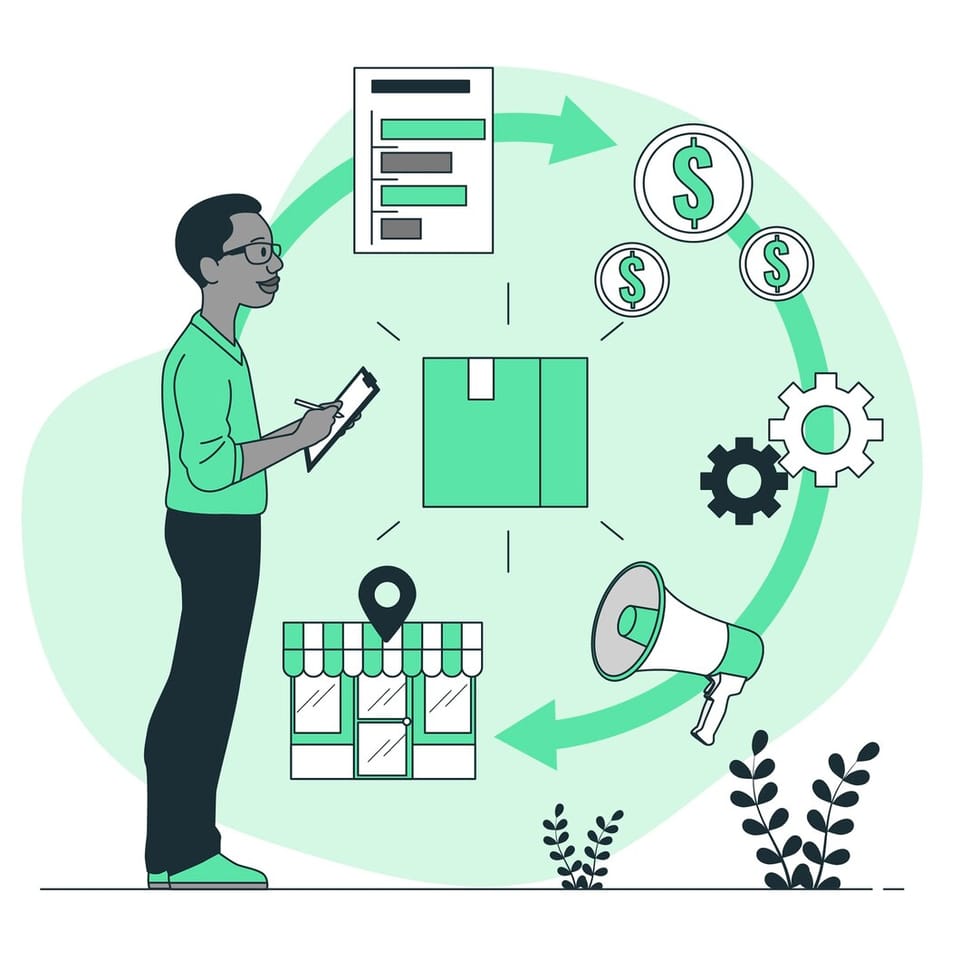8 Procurement Challenges the Manufacturing Sector Will Face in 2024 (And How to Navigate Them)

The manufacturing world is a fast-moving, ever-evolving landscape. If you're in the industry, you know how much it’s changed over the past few years—and it’s not slowing down anytime soon. Whether you're leading a procurement team or running a manufacturing business, 2024 is shaping up to bring new challenges to the table. Let’s talk about eight big ones coming your way and how you can tackle them head-on!
1. Supply Chain Disruptions: The “What If” Factor
We've all experienced this: you’re waiting for a package to arrive, only to find out it’s delayed—again! Now imagine that happening to your critical raw materials. Supply chain disruptions are like a delayed package on a massive scale, and in 2024, we’ll see more of that. From geopolitical tensions to natural disasters, the "what if" factor is real. The key? Diversification. Spread your supplier base across different regions so that if one area has a hiccup, you’re still covered.
2. Sustainability & Ethical Sourcing: The Green Expectation
It’s 2024, and "going green" isn’t optional anymore—it’s expected. From consumers to big corporations, people are paying more attention to where materials come from and how they’re sourced. Whether it’s ensuring that your raw materials are ethically mined or reducing your carbon footprint, sustainability is the name of the game.
3. Rising Material Costs: Sticker Shock
You’ve probably noticed prices going up everywhere—from groceries to gas. It’s no different for manufacturers. In 2024, raw materials are expected to get even more expensive due to inflation and global demand. That means your procurement team has to be extra sharp when negotiating contracts and finding cost-saving alternatives.
4. Digital Transformation: The New Normal
If your team is still using spreadsheets and manual processes, 2024 might be a wake-up call. Digital tools are no longer a “nice-to-have”—they’re essential. Automation, AI, and data analytics can make procurement faster and smarter. It’s about working smarter, not harder.
5. Supplier Relationships: Building Your Dream Team
Just like any relationship, the one between you and your suppliers needs care and attention. In 2024, maintaining strong supplier relationships will be more important than ever. That means open communication, regular check-ins, and a collaborative approach. When your suppliers feel like partners rather than just vendors, you’ll get better results.
6. Labor Shortages: Finding the Right People
Finding skilled workers has been a challenge for a while, and it’s not getting any easier. Procurement teams are feeling the pinch, too. With fewer qualified people available, manufacturers may struggle to fill roles or find the expertise needed for complex procurement tasks.
7. Regulatory Compliance: Navigating the Red Tape
Rules, rules, and more rules. As regulations around imports, exports, labor, and the environment grow more complex, procurement teams have to stay ahead of the curve. Staying compliant isn’t just about avoiding fines—it’s about keeping your operations running smoothly.
8. Risk Management: Prepare for the Unexpected
In 2024, it won’t just be supply chain disruptions you’ll need to worry about. Cybersecurity threats, economic downturns, and changes in consumer demand can all throw a wrench in your plans. That’s why having a solid risk management plan is essential. Think contingency planning, regular supplier audits, and constant monitoring of market trends.
Wrapping It Up: Looking Ahead to 2024
The road ahead in 2024 isn’t without its bumps, but with the right strategies, manufacturers can overcome these procurement challenges. By focusing on sustainability, building strong supplier relationships, and embracing digital transformation, you’ll set yourself up for success.
The key takeaway? Be prepared, stay agile, and always look for ways to improve your processes. The more proactive you are, the better you’ll be able to handle whatever comes your way.
